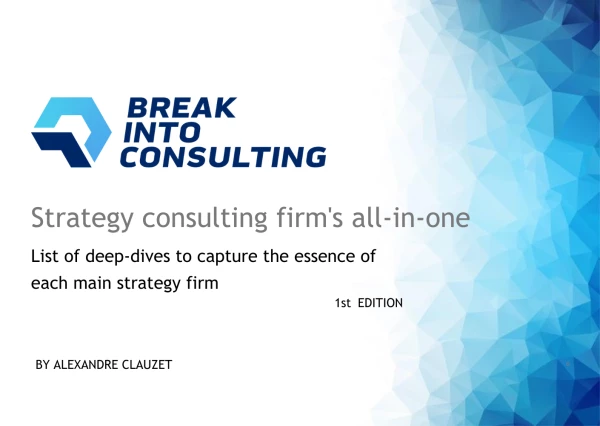Hi,
In exactly one week I have a caste study interview at KPMG for the role corporate finance & valuation executive, I have been sent an CIM of a “fictional” company with no questions attached. I will get the questions on the day of the case study, I will get 1,5 hours to prepare answers to the questions as well as put them into a presentation of 1,5 hours (including Q&A). Is there anyone that has experience with this or anything similar and could give me some tips or advice on what exactly should I prepare.

















